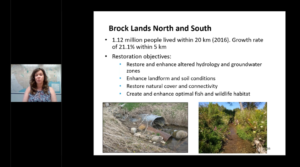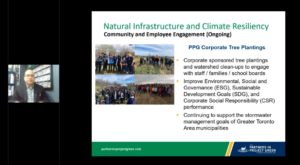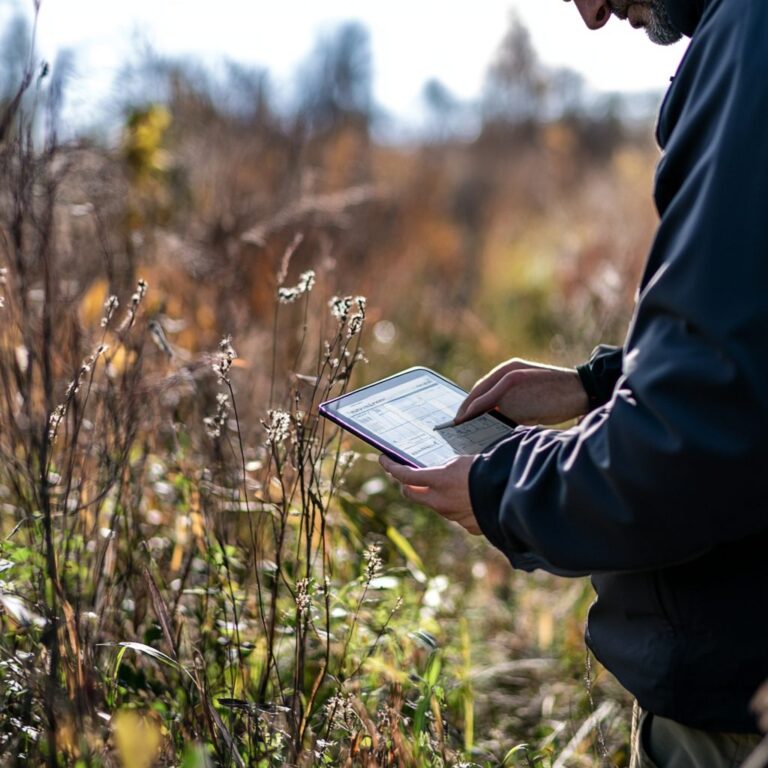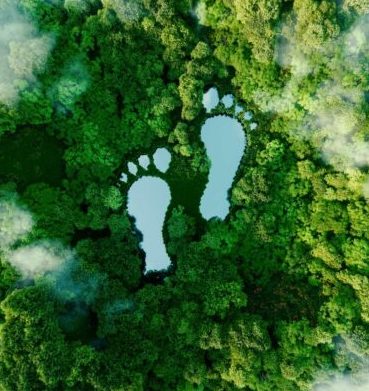Sunday, July 6, 2025
Flooding is a critical and costly issue facing Canadian municipalities and businesses. Natural infrastructure can help mitigate disruptions to operations and unexpected costs caused by physical damage to assets and infrastructure, threats to employee safety and well being, poor water quality, and stormwater fees.
In an attempt to frame the conversation and increase recognition of the need for more widespread natural infrastructure, the Partners in Project Green (PPG) Series “Green Economy” kicked off yesterday with “The Business Case for Natural Infrastructure.”
The webinar provided an interactive forum to discuss how businesses and municipalities can become more resilient in the face of flooding due to climate change.
“We all benefit from natural infrastructure, especially from natural infrastructure properly managed,” said Victoria Kramkowski, government and community relations specialist with Peel-York Watersheds. “Conversely, we all feel the impacts when natural infrastructure is not managed or removed.”
She explained the spectrum of natural infrastructure now available, from natural to highly engineered. Natural infrastructure can include the planting of trees, semi-engineered infrastructure includes strategic plantings, and highly engineered infrastructure includes the installation of green roofs and erosion control solutions.

Brocklands North and South project: before and after.
One of the case studies provided a practical breakdown of the economic value of natural infrastructure services:
| Type of Ecosystem/Natural Infrastructure Service | Total Value ($ per year) |
| Gas regulation / Air Quality | 44,055 |
| Climate Regulation (Carbon Stored) | 227,935 |
| Climate Regulation (Carbon Uptake) | 9,841 |
| Flood Control | 518,040 |
| Erosion Control | 10,194 |
| Water Regulation | 178,156 |
| Water Filtration | 56,730 |
| Waste Treatment (Removal of excess N and P) | 416,848 |
| Pollination (Agriculture) | 307,741 |
| Pollination (Trees) | 59,894 |
| Biological Control | 9,535 |
| Biodiversity Habitat | 746,777 |
| Total | $2,585,747 |
Therefore the total costs saved are $2,585,747 compared to the restoration costs of $4.3 million and annual operating costs of $88,000. In addition, there are recreation benefits of $603,514.
Eric Meliton, program manager with Toronto and Region Conservation Authority and project manager of Water Stewardship for PPG explained how the partnership program helps connect companies and communities to provide access to experts and vendors to assist with natural infrastructure implementation opportunities. The PPG vendor network is slated to be updated in 2020 to identify regional expertise that can assist with the implementation of best management practices. The network will include consultants, engineers, permeable pavement vendors, rainwater harvesting providers, green roof specialists, filter providers, and more.

Corporate sponsored tree plantings and watershed cleanups
help maintain natural infrastructure while promoting
community and employee engagement.
For further information on Partners in Project Green, click here.
Featured image from TRCA: Parking lot bioretention with inspection well at Toronto and Region Conservation Authority’s Kortright Centre for Conservation in Vaughan.











